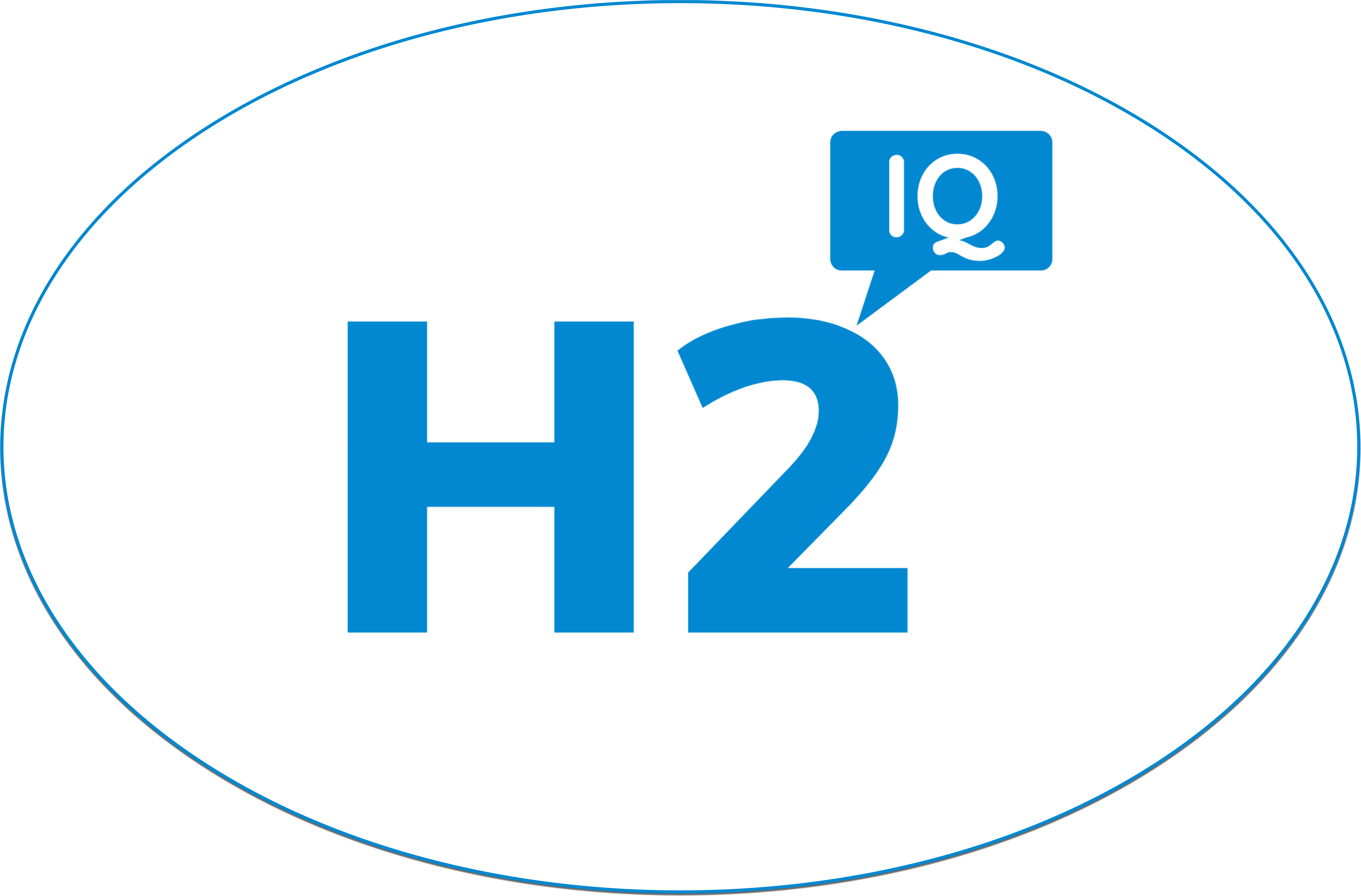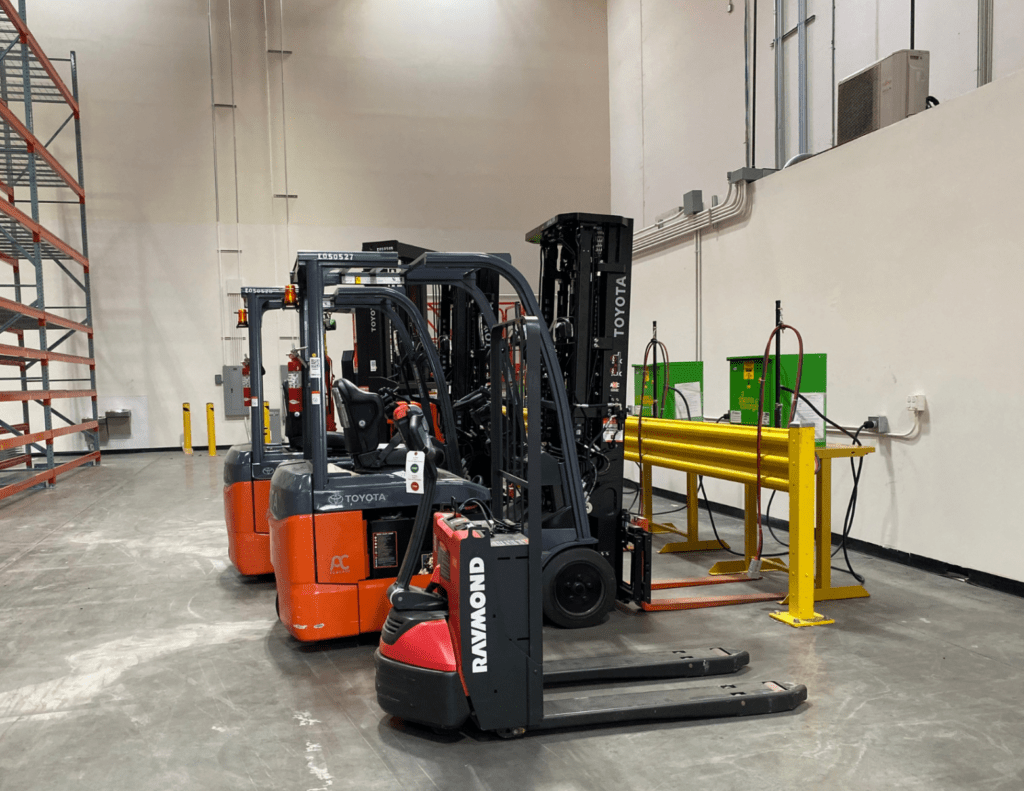Opportunity charging forklift batteries is a charging strategy that involves recharging a forklift battery during short breaks throughout a work shift, rather than waiting for the battery to fully discharge before recharging it. This can help minimize downtime and increase productivity in a multi-shift operation.
However, whether or not opportunity charging will work for a 3-shift operation depends on a number of factors, such as the size of the battery, the demands of the application, the availability of charging infrastructure, and the work schedule of the forklift operators.
In general, opportunity charging is most effective when the battery has enough capacity to last a full shift, but not so much capacity that it takes too long to recharge. Additionally, the application must allow for frequent breaks in which the forklift can be parked and recharged, without disrupting productivity. The availability of charging infrastructure, such as charging stations near breakrooms is also important to consider.
If these factors are favorable, then opportunity charging can be a viable option for a 3-shift operation. However, it is important to consult with a knowledgeable forklift dealer or battery supplier to determine the optimal charging strategy for your specific application.
Calculate to see if your battery charger combination will work for your operation
Entering only a few pieces of information, you will be able to see if based on your usage, the size of the battery, and the recharging rate of the charger, the battery-charger combination can work.
Nominal battery AH refers the nominal capacity of a battery. You get this information from the battery model number. If you are not sure how to calculate this value, click here to use this helpful battery capacity decoder.
Shift hours the battery lasts on a single charge – is used to understand how much ampere hours (AH) you use per hour. Most lead-acid batteries are sized to provide 8 shift hours of runtime. We are dividing the available AH by the number of hours you enter into this field.
Charger max AH charge rate per hour – refers to the output of the charger. The bigger and more powerful the charger, the better chance opportunity charging (fast charging) will work. Note that if you order a more powerful charger, you will need to upgrade you electrical panel or even upgrade your electrical infrastructure. This could be costly.
Break minutes during first break – refers to how long a battery has available to be recharged. If your company provides statutory breaks to its employees, then 15 minutes is usually available for the charger to recharge the battery.
Break minutes during 2nd (meal) break – refers to how long a battery has available to be recharged over the second break, which. If your company provides statutory breaks to its employees, then 15 minutes is usually available for the charger to recharge the battery.
Break minutes during third break – refers to how long a battery has available to be recharged.
Minutes available to charge between shifts – refers to how long a battery has available to be recharged between shifts. Note that if the charger is unable to return the number of amps necessary to run the forklift, then the charging minutes between shifts will become a necessity, creating lost time and productivity for the forklift operator.
Conclusion – Results
Once you have entered the relevant information in the fields below, look for the RESULTS. The Results section will show you if the charger-battery-charging-time combination will provide your forklift with enough energy to complete the shift.
If the results say “No” for any of the shifts, it means that the forklift will run out of energy and need to go back to the charging area to recharge. To understand when the forklift will run out of energy, review the columns marked Lithium SOC (state of charge) or the Lead Acid SOC (state of charge). When the state of charge is negative, it means that the forklift has consumed more energy than is available in the battery at that hour.
In the default scenario, both the lead-acid battery and the lithium battery will run out of energy by hour 11, requiring the operator to park the forklift in the charging area for up to two and a half hours until the forklift battery has recharged.
To allow the forklift to operate for two shifts, the forklift will need an additional charging time in each shift of an extra 60 minutes when using lithium-ion batteries, and 105 minutes of additional charging time for lead-acid.





